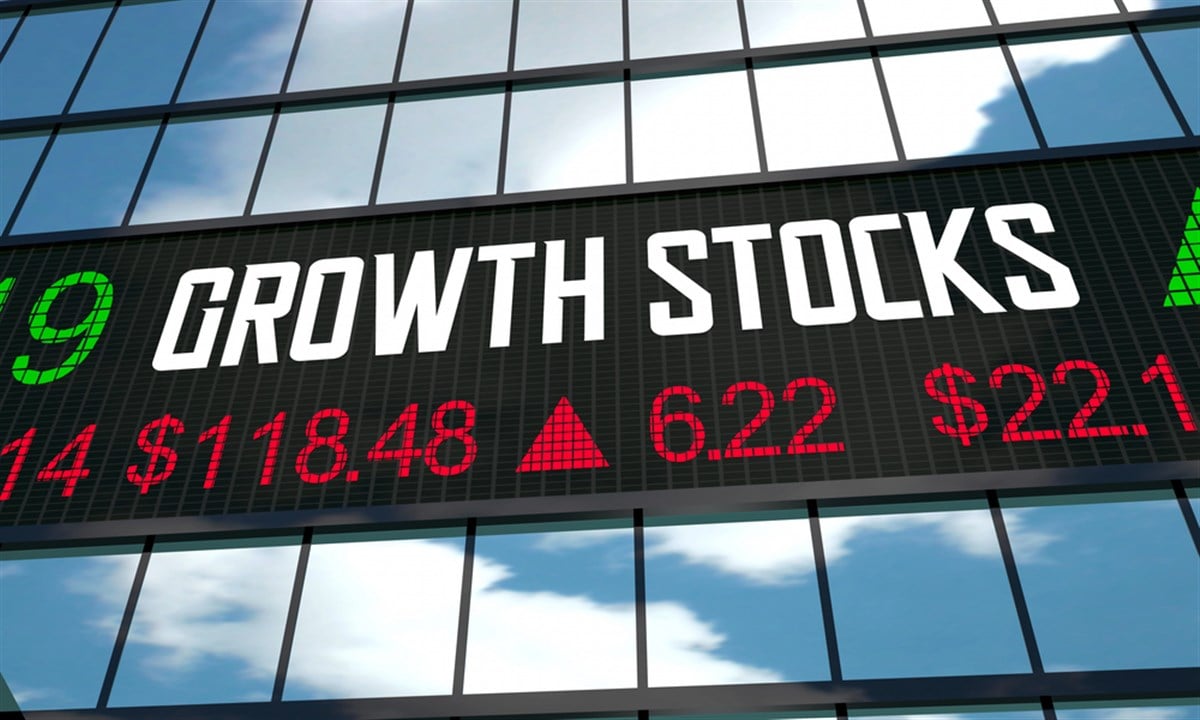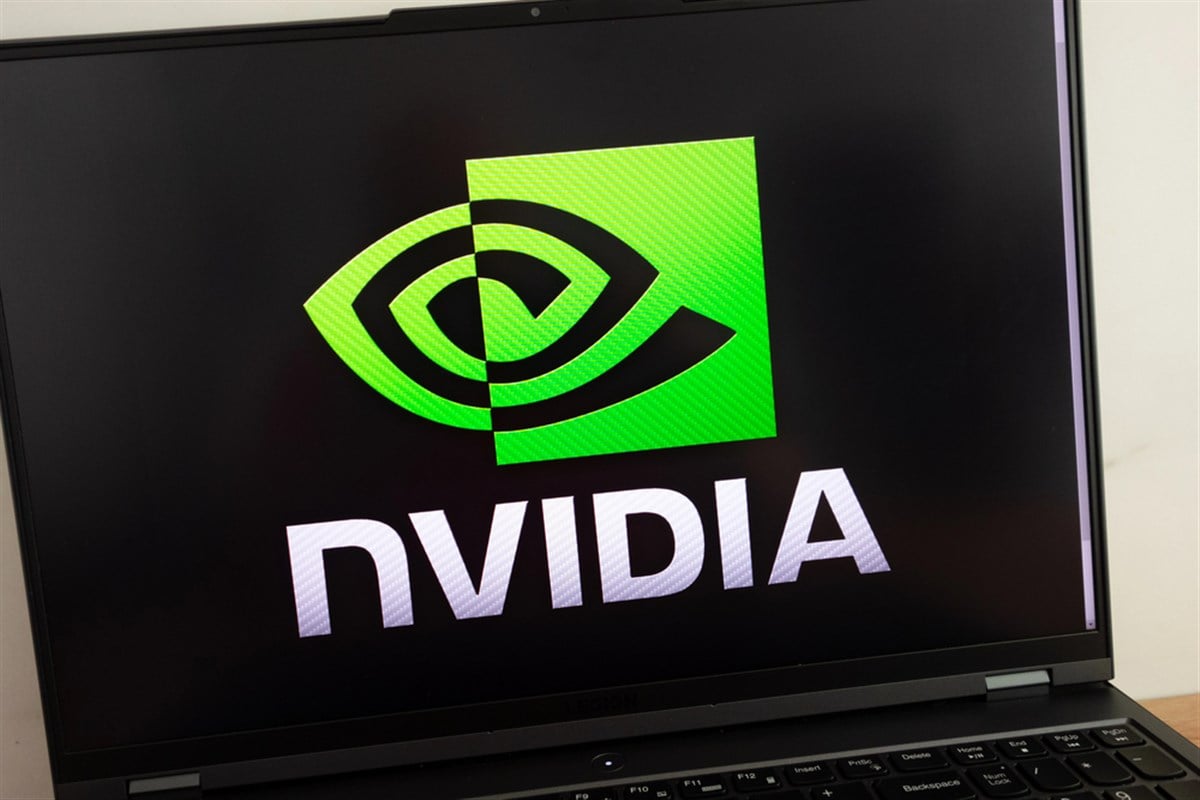Broadcom Stock: HSBC Sets $400 Target on AI Growth Potential

AI semiconductor giant Broadcom (NASDAQ: AVGO) recently found its biggest bull on Wall Street yet. On June 24, analysts at HSBC issued a massive $400 price target on the stock. Compared to Broadcom’s July 9 closing price of just under $278, HSBC’s price target indicates that shares could rise by another 44%.
So, what is driving HSBC to issue such an optimistic target for a stock that just notched its all-time high closing price? How does the analysts' community feel about Broadcom generally, and how does this contrast with HSBC? Additionally, what are some of the risks facing Broadcom that investors need to be aware of?
HSBC Sees More Customers, Higher Prices, Driving Outsized ASIC Revenues
An essential crux of HSBC’s bullish target for Broadcom shares is the assertion that Broadcom will increase its number of AI hyperscale customers. HSBC expects Broadcom to have up to seven hyperscale customers for its application-specific integrated circuits (ASICs) by fiscal year 2027. This makes sense as Broadcom currently has three such customers and is actively working to convert four others.
HSBC also sees the average selling price of Broadcom’s ASICs more than doubling by fiscal 2027. This would add another significant tailwind to the firm's ASIC revenues. Overall, HSBC believes that Broadcom’s ASIC revenue growth will beat market expectations by a wide margin, helping lead to a robust gain in shares.
Analyst Bullishness Is Abundant, But Averages Water-Down Forecasts
Although HSBC’s huge price target on Broadcom is an encouraging sign, it is also important to note that it is by far the most bullish on Wall Street. The next highest MarketBeat-tracked price target on Broadcom sits at $340, courtesy of Rosenblatt Securities. That target implies around half as much upside at 22%.
Overall, the MarketBeat consensus price target on Broadcom is $285, suggesting a limited upside of less than 3% in shares.
Still, HSBC and Rosenblatt are far from alone in recently issuing upgrades on the stock. MarketBeat has tracked approximately 15 analysts who raised their price targets since its June 5 earnings release. Among those analysts, the average target is $307, implying an upside of nearly 11%.
Analysts are generally bullish on the stock, but average targets are considerably less bullish than HSBC’s. However, taking a measured view and considering what could go wrong is important. Let’s examine some of Broadcom's key risks.
Valuation and Delayed ASIC Customer Conversion Timeline Are Risks
The most obvious risk facing Broadcom is simply valuation. As of the July 9 close, Broadcom trades at a forward price-to-earnings (P/E) ratio of just over 38x. That sits just below the figure's three-year high of 40x, reached in mid-December 2024. From that high, shares fell approximately 41% by early April. Still, factors outside the company’s control, like DeepSeek and tariff wars, drove this.
Overall, the market has largely driven Broadcom’s approximately 90% gain since April lows by returning its P/E ratio to near all-time high levels. The stock did not outperform earnings expectations last quarter. Broadcom’s 38x ratio is around 40% above its average forward P/E of 27x over the last two years.
Broadcom’s forward P/E has also overtaken NVIDIA’s (NASDAQ: NVDA), which now sits at around 34x. This is out of the ordinary. NVIDIA’s forward P/E has been significantly above or in line with Broadcom’s for almost all of the last two years.
Based on this historical data, it's hard to see Broadcom shares rising too much further on multiple expansion alone. In fact, HSBC is projecting a 32x multiple for the stock, which would imply a 16% contraction from July 9 levels. Thus, Broadcom will need to boost its earnings to achieve this lofty price target significantly. Converting potential hyperscale ASIC customers to actual ones will be the biggest key to doing so.
However, given the company’s high valuation, many investors may want to see Broadcom deliver on this sooner than is realistically possible. The company stated in its last earnings call that it likely won't provide an update on these potential hyperscale customers until fiscal 2026. Broadcom won’t report fiscal Q1 2026 earnings until March 2026, which is nearly eight months away.
Thus, there could be significant downside risk in Broadcom’s coming earnings. Market participants who don’t fully understand the company’s stated timeline could face disappointment and sell shares. Still, an early customer win, whether through leaks or an official announcement, could quench investors' thirst and keep the stock’s momentum intact.
Learn more about AVGO


